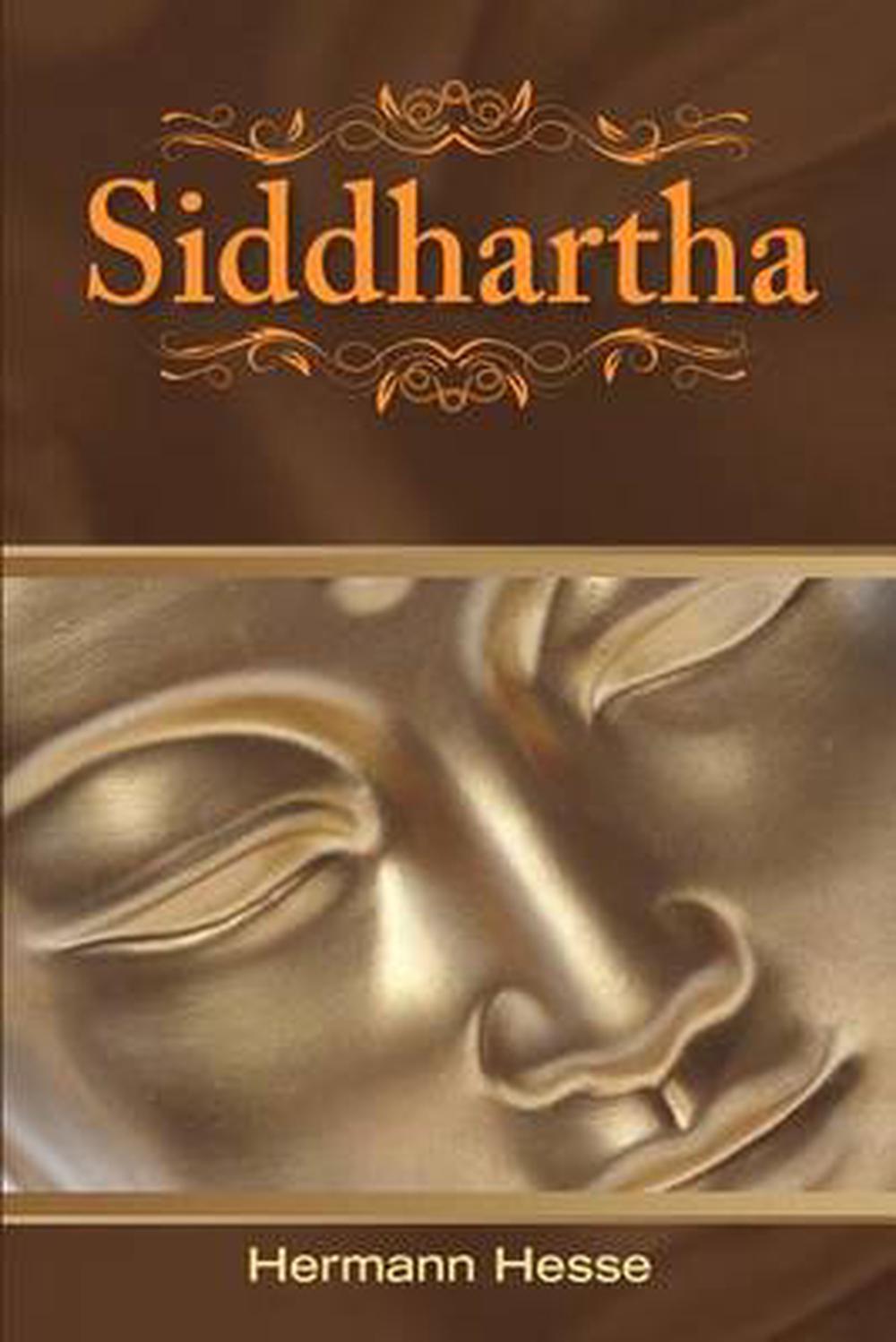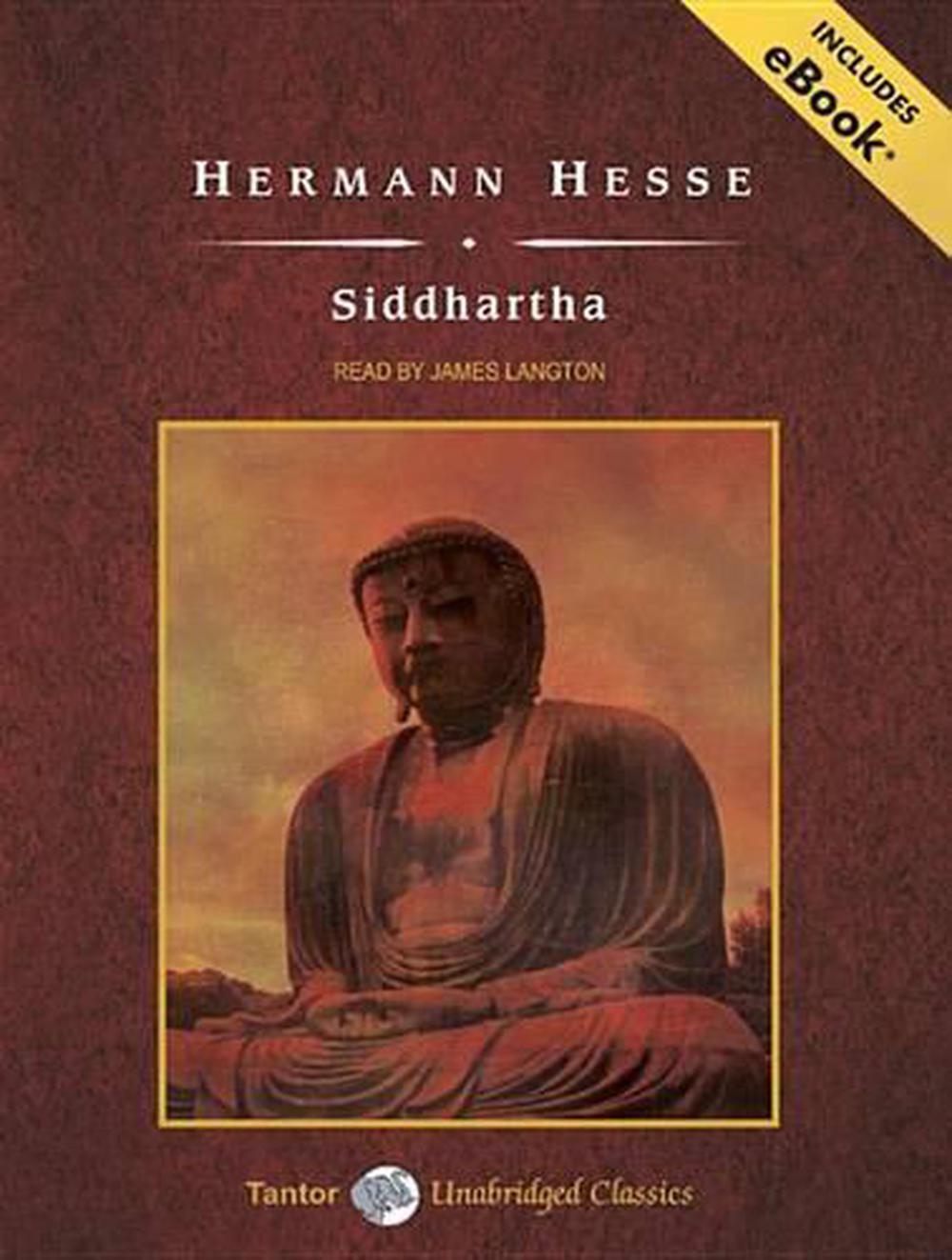

Its many motifs include the outcast from society rejection of authority communion with nature recalcitrance toward schooling and the idea of an immanent God. The novel’s ostensibly simple narrative-the story of a young, accomplished Brahmin, Siddhartha, who defies his father’s tradition in favor of wandering India in search of enlightenment- appealed to the restless drifter, the alienated youth, and the political anarchist alike. When New Directions decided to publish the first English translation of Hermann Hesse’s Siddhartha in 1951, it could not have foreseen the enormous impact it would have on American culture. When one Harvard graduate was asked in 1968 why he appreciated Hesse, the response was, “Well, he was the first hippie, wasn’t he?” Photo courtesy of Hastrup. Hermann Hesse, “My Belief,” 1931 Portrait of the artist in 1911, the year he traveled to India.

I have not only occasionally made a confession of belief in essays, but once, a little more than ten years ago, attempted to set forth my belief in a book.


 0 kommentar(er)
0 kommentar(er)
